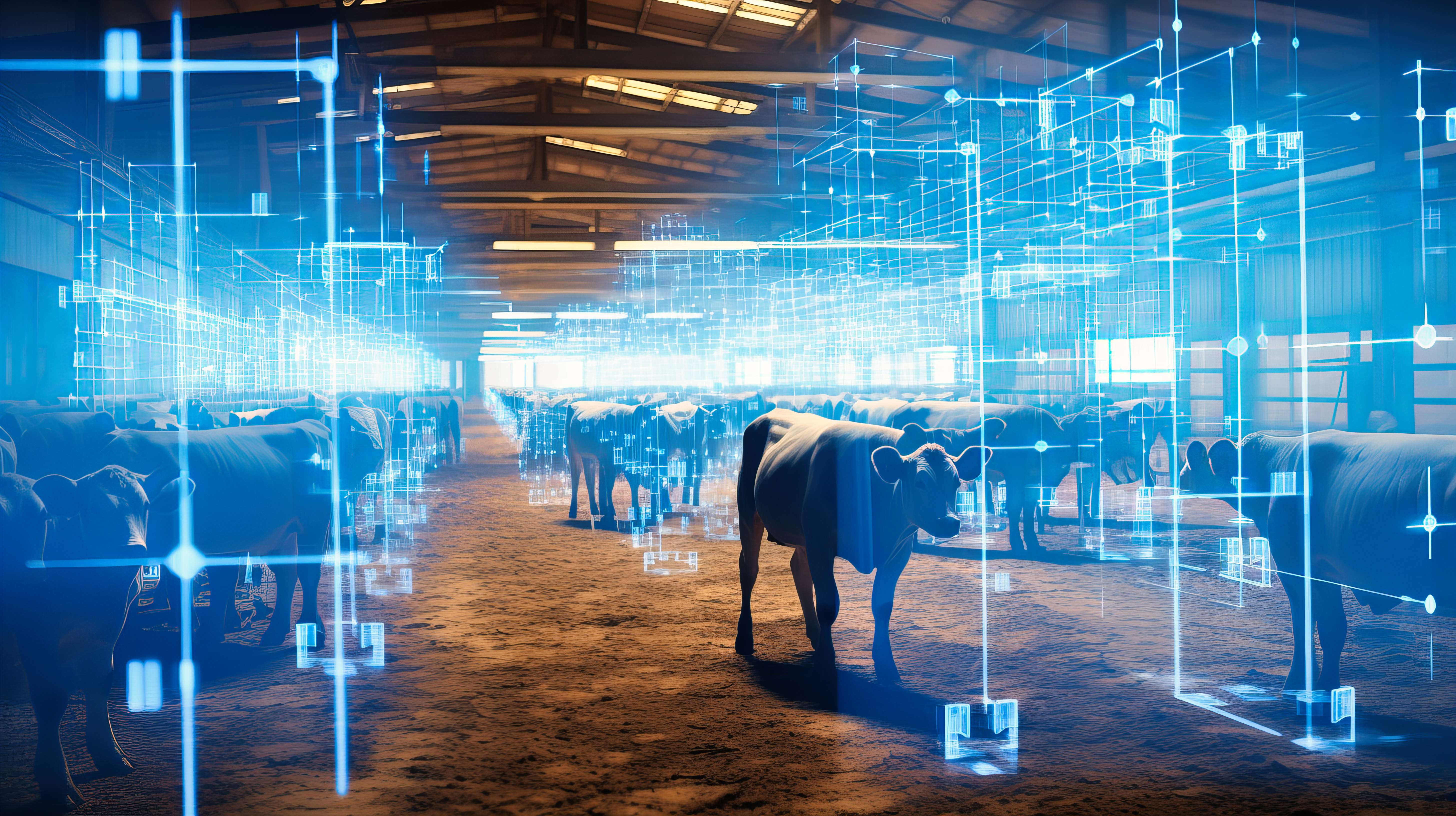Smart Factory Automation
Factory automation involves connecting factory equipment to improve the efficiency and reliability of manufacturing control systems. This, in turn, reduces costs, improves quality, increases flexibility, and reduces environmental impact. Implementing factory automation can be further enhanced by AI technologies, particularly TinyML and machine learning. Here are some practical applications related to Nuvoton AI applications in factory automation:
1. Production Line Optimization: Using TinyML and machine learning, engineers can develop intelligent control systems that monitor and optimize the operation of production lines. This includes real-time identification of potential issues and taking actions to ensure efficient production.
2. Quality Control: AI can be used for real-time detection of product quality issues. Defects can be identified quickly by employing computer vision techniques and machine learning algorithms, and corrective actions can be taken to reduce scrap rates.
3. Predictive Maintenance: AI technologies make Predictive maintenance possible. By monitoring equipment performance data, machine learning models can predict equipment failures and enable maintenance actions to be taken before issues arise, reducing downtime.
4. Energy Management: AI can be utilized to optimize energy consumption. Machine learning algorithms can provide recommendations to reduce energy costs and environmental impact by monitoring and analyzing a factory's energy usage.
5. Production Flexibility: AI technologies can help factories achieve greater production flexibility. Production lines can adapt quickly to different products and orders through automation and intelligent scheduling, improving responsiveness.
Therefore, Nuvoton AI applications provide more innovative opportunities for factory automation, making it more efficient, sustainable, and competitive. By integrating AI technologies with factory automation, engineers can better meet the demands of modern manufacturing, delivering more efficient, higher-quality, and greener production processes.
| Applicable development board | |
|---|---|
|
NuMaker-HMI-MA35D1-S1 |
1. Object Detection Example: Automated Robot Arm Visual Guidance Use a camera as the "eyes" of a robotic arm to capture images of objects on a production line.
2. Object Classification Example: Intelligent Quality Inspection System By installing cameras at product quality inspection stations, the MA35D1 processes image data to classify products automatically based on whether they meet quality standards.
3. Real-time Identification Example: Factory Environment Monitoring and Safety Installing cameras in critical areas of a factory, the MA35D1 processes image data in real-time to monitor activities and environmental conditions within the factory. |
| NuMaker-HMI-M467 |
1. Object Detection Example: Automated Robot Arm Visual Guidance Use a camera as the "eyes" of a robotic arm to capture images of objects on a production line.
2. Object Classification Example: Intelligent Quality Inspection System By installing cameras at product quality inspection stations, the MA35D1 processes image data to classify products automatically based on whether they meet quality standards.
3. Real-time Identification Example: Factory Environment Monitoring and Safety Installing cameras in critical areas of a factory, the MA35D1 processes image data in real-time to monitor activities and environmental conditions within the factory. |
| NuMaker-IoT-M467 |
1. Vibration Detection Example: High-precision Machining Equipment Monitoring Install vibration sensors on precision machining equipment, such as CNC machine tools.
2. Sensor Fusion Example: Environmental Monitoring and Control System Integrate multiple sensors, such as temperature, humidity, and air quality, to monitor factory environmental conditions.
3. Anomaly Detection Example: Automated Production Line Health Monitoring Deploy various sensors, such as pressure and photoelectric, along an automated production line. |





